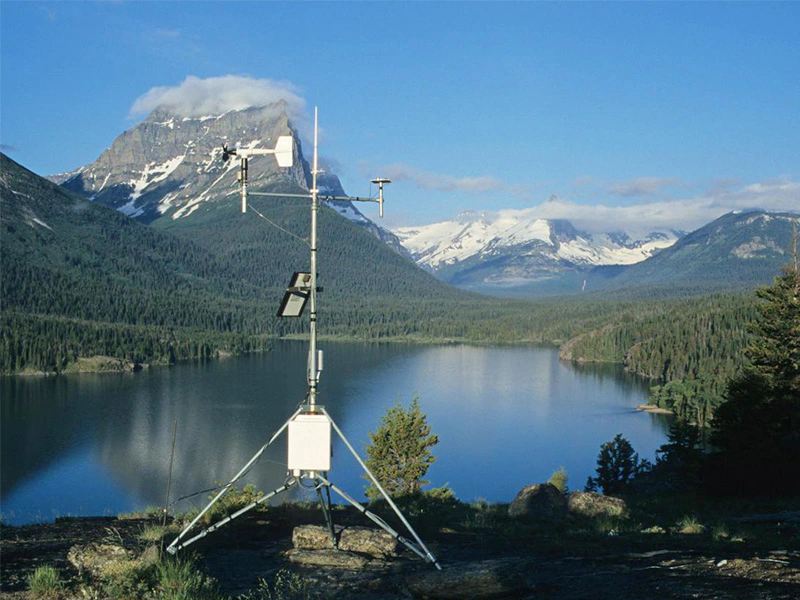Meteorological Station: Monitoring Weather and Climate Data

# Meteorological Station: Monitoring Weather and Climate Data
What is a Meteorological Station?
A meteorological station is a facility equipped with instruments and sensors designed to measure and record various atmospheric conditions. These stations play a crucial role in weather forecasting, climate research, and environmental monitoring by collecting data on temperature, humidity, wind speed and direction, atmospheric pressure, precipitation, and other weather-related parameters.
Components of a Meteorological Station
Modern meteorological stations typically include several key components:
- Thermometer: Measures air temperature
- Hygrometer: Measures humidity levels
- Anemometer: Measures wind speed
- Wind vane: Determines wind direction
- Barometer: Measures atmospheric pressure
- Rain gauge: Measures precipitation amounts
- Pyranometer: Measures solar radiation
Types of Meteorological Stations
Meteorological stations can be classified into different types based on their location and purpose:
1. Surface Weather Stations
These are the most common type, installed at ground level to measure surface weather conditions.
2. Upper-Air Stations
These use weather balloons (radiosondes) to collect data about atmospheric conditions at various altitudes.
3. Automatic Weather Stations (AWS)
Automated systems that collect and transmit data without human intervention, often in remote locations.
4. Agricultural Weather Stations
Specialized stations that monitor conditions important for farming and crop management.
Importance of Meteorological Data
The data collected by meteorological stations serves numerous critical purposes:
- Improving weather forecasts and severe weather warnings
- Supporting aviation and maritime operations
- Aiding agricultural planning and irrigation management
- Contributing to climate change research
- Supporting renewable energy production planning
- Providing data for architectural and engineering projects
Technological Advancements
Recent technological developments have significantly enhanced meteorological station capabilities:
Remote Sensing: Satellite and radar technologies complement ground station data.
IoT Integration: Many stations now connect to networks for real-time data sharing.
Automation: Modern stations require minimal human intervention for operation and maintenance.
Data Analytics: Advanced software processes vast amounts of weather data for more accurate predictions.
Future of Meteorological Stations
As climate change becomes an increasing concern, meteorological stations will play an even more vital role in monitoring environmental changes. Future developments may include:
- More dense networks of micro-stations in urban areas
- Integration with smart city infrastructure
- Enhanced sensors for measuring air quality and pollutants
- Greater use of artificial intelligence for data analysis
- Improved energy efficiency and sustainability of station operations
Meteorological stations remain fundamental tools in our understanding of weather patterns and climate dynamics, providing essential data that affects nearly every aspect of modern life.
Keyword: meteorological station